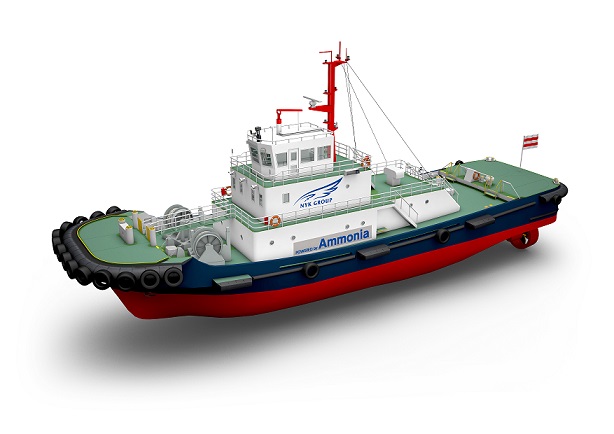Aramco is targeting production of 11 million tonnes per year of low-carbon ammonia by 2030, among a raft of new sustainability goals announced this week. Aramco’s target for renewable energy generating capacity target (12 GW) will be met by its involvement in the new ammonia Supergiant the Saudi Arabia Renewable Energy Hub, but the source of low-carbon ammonia production is not yet clear.
Content Related to ENEOS Corporation
Article
Aramco targets 11 million tonnes of low-carbon ammonia production by 2030
Julian Atchison June 21, 2022
Article
Kawasaki Heavy's LPG/ammonia carrier in demand
Julian Atchison December 08, 2021
Kawasaki Heavy Industry's 86,700 m3, LPG and "liquefied ammonia gas" (LAG) carrier has been ordered for the fifth time in 2021. K Line, Eneos (two vessels) and now NYK (also two vessels) will take delivery of the VLGCs from KHI's Sakaide shipyards in 2023 (K Line and Eneos), and 2024 (NYK). The flexibility of the dual-purpose LPG/ammonia carrier is key to its newfound popularity.
Article
The Ammonia Wrap: Ørsted's P2X vision for the North Sea, Gunvor's new sustainability commitments, the finance world backs green hydrogen and Hydrofuel-Ontario Tech's new partnership
Julian Atchison April 07, 2021
Welcome to the Ammonia Wrap: a summary of all the latest announcements, news items and publications about ammonia energy. This week: Ørsted unveils its P2X vision for the North Sea, energy trader Gunvor commits $500 million to sustainability, emissions reductions, finance world backs green hydrogen, Hydrofuel and Ontario Tech join forces and a new blue hydrogen/ammonia collaboration.
Article
Japan's NYK and partners to develop ammonia fueled and fueling vessels
Trevor Brown September 17, 2020
In recent weeks, the Japanese shipping company NYK Line has announced a series of high-profile research and development collaborations that aim to establish ammonia fueled vessels and fuel supply. Its partners in these projects include classification society Class NK, engine manufacturer IHI Power Systems, and shipbuilder Japan Marine United Corporation. Three vessel types have been announced, so far, including an ammonia-fueled ammonia gas carrier, an ammonia barge for offshore bunkering, and an ammonia-fueled tugboat (for navigating the barge). Pushing beyond the initial research phase, these collaborations aim for commercialization and to put these vessels “into practical use.”



